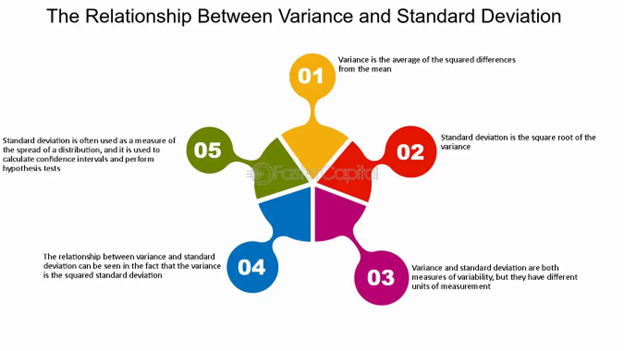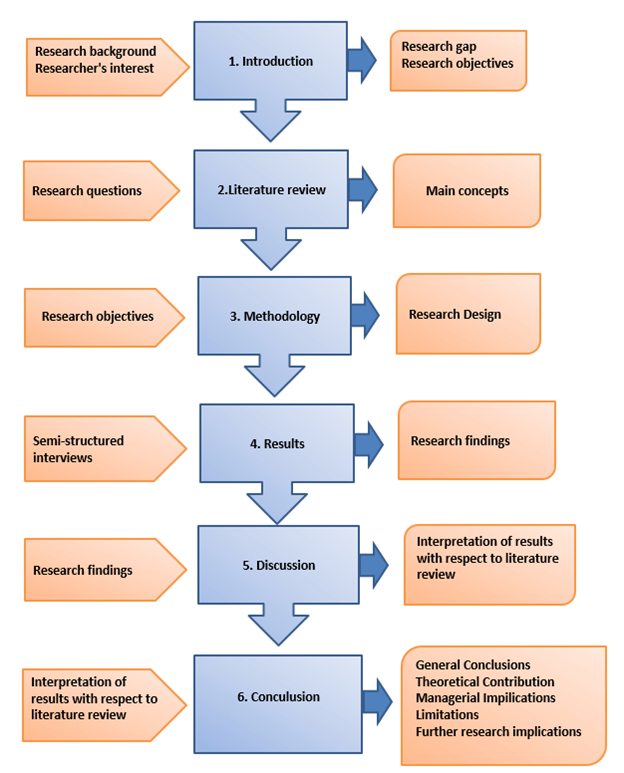Caught in the complexity of a descriptive statistics dissertation? Don’t be afraid anymore. You have found the right place at the right time. Unlike other disciplines, writing a dissertation in descriptive statistics is quite distinct for various reasons.
Firstly, a dissertation on descriptive statistics will depend heavily on elements such as charts, tables, and graphs. Secondly, descriptive statistics is not a completely autonomous discipline but is largely applied in different fields. Therefore, we have provided the best guidelines in this article to convert your challenging task into an easy job.
Prior to going into the specifics, let us address the frequently asked question: what is descriptive statistic? We will also discuss the employment outlook of the statisticians.
Statistics is mainly categorised into two: descriptive statistics and inferential statistics. According to Investopedia, descriptive statistics deals with the summarisation and representation of the characteristics of a data set.
It is divided into three measures: central tendency, a measure of spread, and frequency distribution. “Spread” refers to the dispersion of data sets (variance and standard deviation). Faster capital illustrates the relation between variance and standard deviation and how they are closely related.

Descriptive statistics is important to master the art of statistical analysis. Hence, the job outlook for statisticians is pragmatic. Statistician employment is expected to grow by 30% between 2022 and 2032 at a growth rate of 2.8%, as per the source of Coursera. This makes it a highly appealing profession among young students.
To win the competition in a competitive market, master your statistics dissertation writing skills. However, if you can still not digest the whole process, you can buy descriptive statistics dissertation online from the best dissertation writing service.
A 5-Step Guide to Compose Excellent Descriptive Statistics Dissertation: Unlocking the Secrets
A dissertation on descriptive statistics is the most complex type of academic writing. A dissertation is a much longer project that demands constant immersion and organised schedule. In statistics, there is no room for error. One mistake, and you are done with it.
Descriptive statistics provide many techniques to summarise and graphically display the collected data. The primary purpose of this guide is to provide our readers with an overview of the process of composing a high-quality dissertation.
Step 1: Pick a Rewarding Topic for Statistics Dissertation
The first and foremost grinding mission is locating and finding a suitable and rewarding topic for your dissertation. Statistics is a queer subject that has applications in other disciplines of research. Whether history, medicine, or other, it is supplementary in every line of work.
When considering the descriptive statistics dissertation topics, it is important to narrow them and focus on specific research questions. WARWICK Department of Statistics has listed the research topics for statistics. Here are some of the suggestions:
- Statistical data analysis in marine biology using regression mode
- The increasing population of Kenya and analysing the economic situation in the country using regression analysis.
Step 2: Assess Research Questions
Choosing a topic that ensures your dissertation will be successful is essential. The next step is to critically evaluate the research questions to determine their value for the scope of the dissertation. In order to do that, you have to consider quantitative results and implement statistical tests.
Moreover, ensure enough data exists to conclude your results. Lastly, when working on your descriptive statistics dissertation questions, check they are appropriate and achievable.
Step 3: Check Viable Sources of Information
If you find it difficult to generate descriptive statistics dissertation ideas, then extensive research is the key to unlocking the door of creative flow. Valid information and data bring livelihood to any dissertation. It is doubly important to dissertation for descriptive statistics students.
In other disciplines, you need data to back up your theories and assignments. In descriptive statistics, the case is the opposite. Data is at the forefront; the writing part simply shows what you have discovered by evaluating sources. It is pertinent for students to choose a topic that allows them to gather enough data.
Step 4: Give Dissertation a Structure
The instructions of your university will very much influence your dissertation structure. The structure could vary from discipline to discipline. It is important to write each section with equal weight and attention.
To create consistency in ideas and flow in chapters, you must stay consistent to develop a coherent structure. Here are some steps in a flow chart discussing how to frame a descriptive statistics dissertation structure:

Introduction
In this section, you will introduce your topic and provide a background context of the topic. It is better to write this section at the end of a dissertation.
Literature Review
Tell your reader about the existing literature on the subject. Identify the research gaps and inform your audience how you intend to fill these gaps.
Methodology
This section of your descriptive statistics dissertation explores your data collection and analysis methods. Provide details about tools, equipment, and processes used to conduct research.
Results
This part of the dissertation provides a detailed description of the results and findings. Assess the statistical validity and sampling bias.
Discussion
This chapter of the dissertation elaborates on the value of your research in the existing literature. Discuss whether you managed to get answers to your questions.
Conclusion
Summarise all the points of results that emerged from your research. You can also discuss promising venues that your research unlocked for the future.
Step 5: Enhance Engagement with Data Visualisation
To make complex data structures digestible for readers, you should rely on the graphical representation of data sets. Visuals can help easily display complicated information. Purdue University discussed the importance of data visualisation and how it helps to convert intricate data into compelling visual illustrations. It certainly helps to communicate your findings and data explorations. This can include:
- Histograms
- Pie chart
- Bar graph
- Line chart
- Scatter plots
- Graphs
Conclusion
To master descriptive statistics dissertation writing, it is vital for students to understand the expectations of the dissertation project. The structure of a statistics dissertation could be similar to that of other discipline dissertations. What makes it different is that its content and analysis focus mainly on qualitative data.
By following the above-mentioned guide, you can reach to whole new level of excellence. This can help you stay focused during this lengthy task. Do not forget to cite references and edit. Editing lets you get clarity and flow in your professional dissertation on descriptive statistics.
Despite this, if you do not have enough time and skills to master statistical analysis tools, you can seek descriptive statistics dissertation help from the best dissertation writing service.